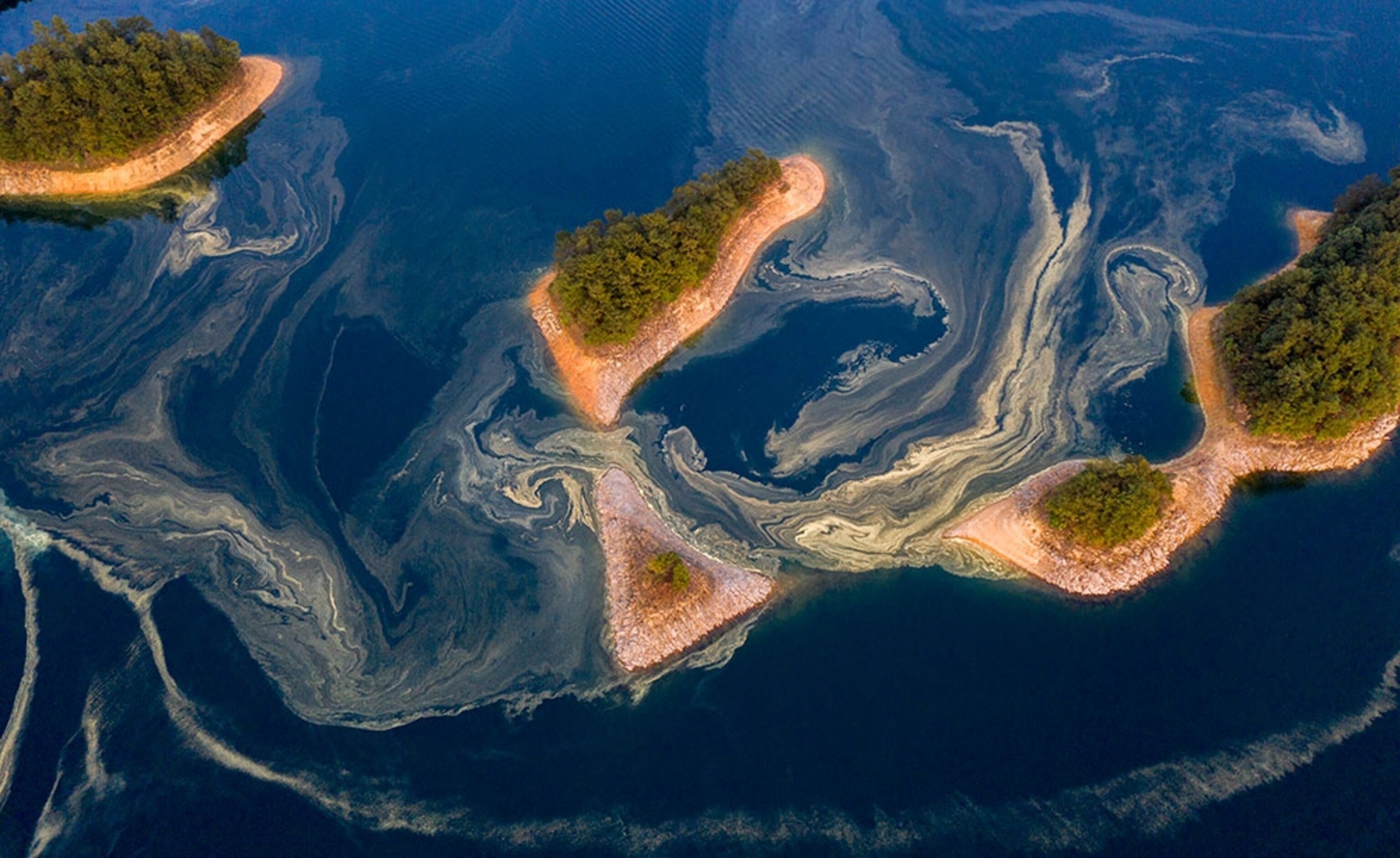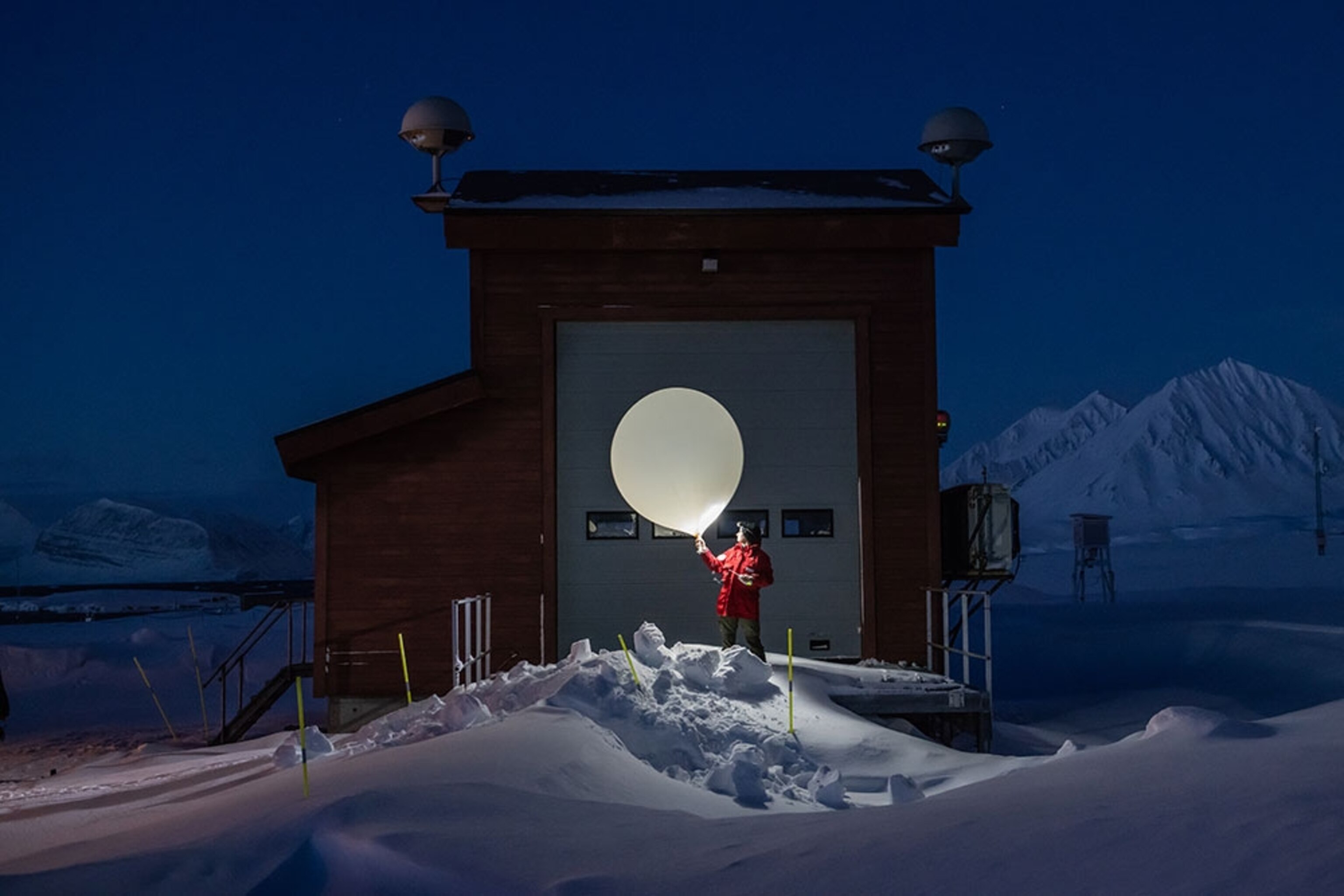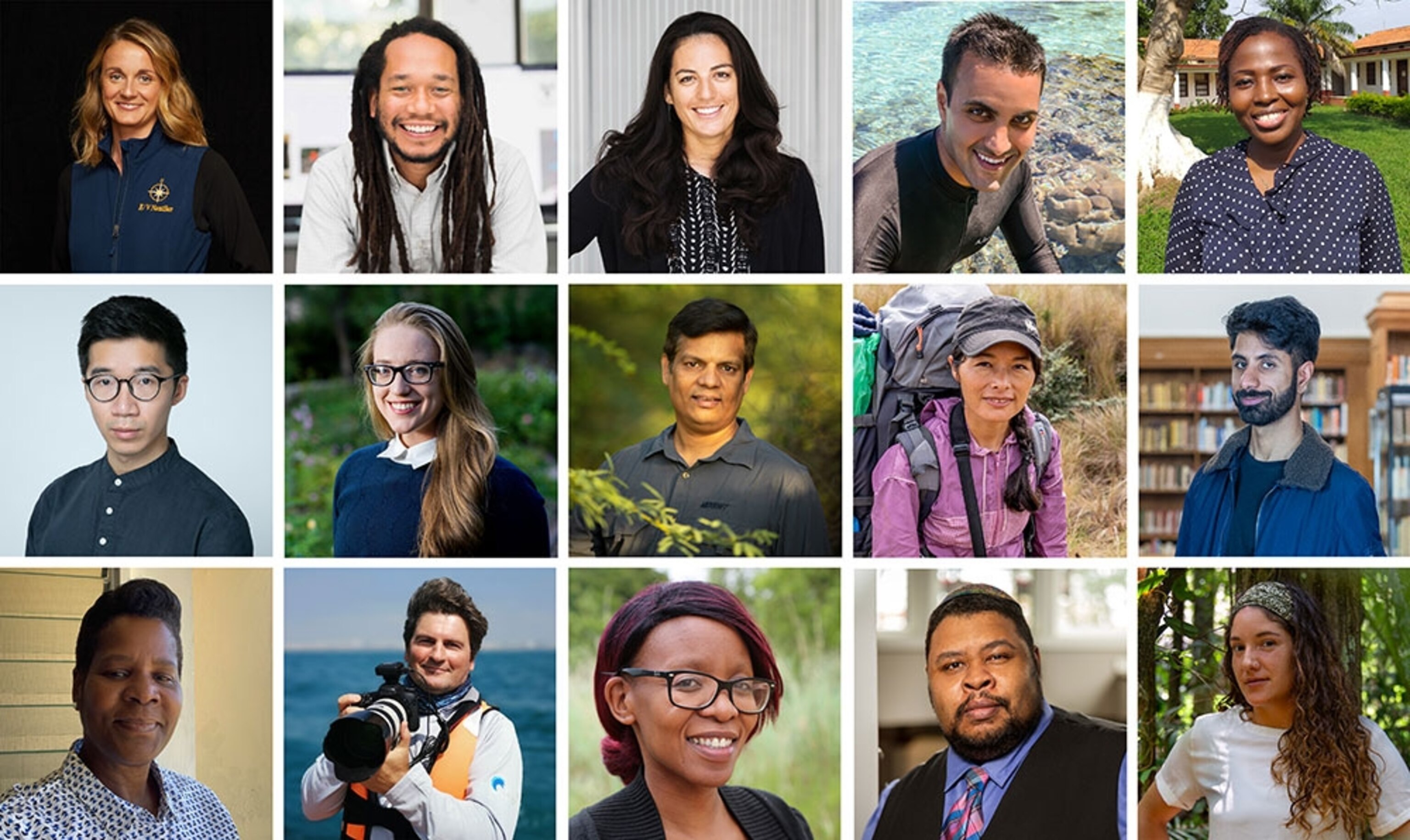
SHOULD WE WORRY ABOUT POPULATION DECLINE?
This article is an adaptation of our weekly Planet Possible newsletter that was originally sent out on May 25, 2021. Want this in your inbox? Subscribe here.
By Robert Kunzig, ENVIRONMENT Executive Editor
Which are you more worried about, population growth or population decline? Or do you prefer to freak out about both at the same time?
The recent Census Bureau report that the U.S. population grew in the last decade at the slowest pace since the Great Depression triggered a slew of concerned stories. China, the world’s most populous country for now, just reported even slower growth than the U.S. All this and more (including decades of low fertility in Europe, South Korea, and Japan) caused the New York Times to make the looming social and economic dangers of population decline its lead story on Sunday—even though global population is likely to keep growing into the second half of this century, maxing out somewhere around 10 billion.
Since you’re reading a newsletter about the environment, chances are you’re more worried about that continued population growth. If so, the story we published this week by Glenn Hodges probably won’t reassure you. Hodges described a new analysis of fossil pollen (pictured above, in China) from more than a thousand sediment cores extracted from lakes and bogs worldwide. The cores record global vegetation changes since the end of the Ice Age 18,000 years ago, when a green wave of forests and grasslands advanced into the spaces vacated by receding ice sheets and glaciers.
What the researchers from Norway found in their pollen record is that a second wave of massive vegetation change began around 4,600 years ago. “We didn’t expect that the change in the last few thousand years would be even larger than what happened as the Ice Age ended,” Suzette Flantua of the University of Bergen told Hodges.
That second wave of species change was almost certainly launched by humans—by the spread of agriculture around the planet, and by the increasing use of fire by Indigenous peoples to manage forests and other landscapes. The change hasn’t abated, far from it, as our numbers and the power of our technology has grown—and with climate change we’re now delivering a “one-two punch” to forests, as Jonathan Overpeck of the University of Michigan told Hodges.
A decade ago, when there were just about to be seven billion humans on Earth—we’re closing in on eight billion now—I argued in National Geographic that global population growth was not a productive thing to worry about. Over the years this attitude has earned me a few letters from irate readers. But if the growth does turn out to be coming to an end sooner than we thought, I plan to celebrate for a while before I start worrying about ghost towns or the social security system. I’m guessing that the rich countries on the front lines of the population bust will find a way to adapt. And there will be more planet to go around for all of us.
If you want to get this email each week join us here and invite a friend.
INSTAGRAM OF THE DAY
Turtle preservation: Myanmar, where this Burmese peacock softshell turtle is found, is home to one of the most diverse groups of chelonians (turtles, terrapins, and tortoises) in Southeast Asia. As a group, softshell turtles are in high demand by Chinese wildlife markets, and as a result many populations have experienced steep declines. Conservation organizations are working to preserve species like this one to produce more turtles that can one day be released into the wild. (Note: This extraordinary video has had more than 18 million views on our Instagram page in the past three days.)
GO DEEPER: How the Philippines is saving some of the world’s rarest animals
THREE THINGS you can do to help turtles:
1. Don’t eat them.
2. Reduce use of balloons, straws, and other plastics that harm them.
3. Cut your carbon footprint to help limit ocean acidification.
TAKE FIVE
- All about tonight’s super flower blood moon eclipse
- Honeybees are nature’s detectives on rise of plastics
- Bloom of rare flower seen for first time (See it!)
- How envisioning Black freedom helps the health of a planet
- Leonardo DiCaprio leads $43 million pledge to restore the Galápagos
ONE MOMENT
A launch at night: Just before midnight, engineer Sandra Grassl releases a weather balloon at an atmospheric observatory in the far-north Norwegian archipelago of Svalbard. The release at the AMIPEV Arctic Research Base is part of a study of water vapor as it moves through the atmosphere, with a hope to improve predictions of future climate.
OTHER EFFORTS: A new National Geographic Society-backed weather station, the highest in the Andes, has given the world a new front for climate change measurement. Also, researchers have developed a way to measure Antarctic snowfall that will help predict survival of ice sheets. Last week, Google Earth launched a time-lapse feature that helps visualize the retreat of glaciers or the advance of deforestation in the past 37 years. And forward-thinking cities and companies, facing water shortages, have tapped into condensation from air conditioners to water plants, flush toilets, and even brew beer, Bloomberg CityLab reports.
IN A FEW WORDS
Environmental justice is like an umbrella, and the spokes within the umbrella are made up of things like housing and economic justice, health, and education. If the spokes are broken, then the umbrella is inoperable.
Cheryl Johnson, Leader, People for Community Recovery; daughter of environmental pioneer Hazel Johnson, From: Here’s why Congress is recognizing Hazel M. Johnson, the ‘mother of environmental justice’
FAST FORWARD
Young trailblazers: A NASA director and inventor. An archaeologist who doubles as a biological anthropologist. An African-American Jewish writer and culinary historian. They are among National Geographic Society’s latest Emerging Explorers. The 15 members of the cohort, announced today, are conducting innovative work focused on a range of topics such as inventing space technologies, ocean exploration, understanding the past through archaeology and anthropology, species conservation, storytelling, and elevating young voices for the future of education, the Society says. (Above, Emerging Explorer Allison Fundis dives off the coast of the Pacific nation of Kiribati.)
(Pictured above: Top row: Allison Fundis, ocean explorer and educator; Justin Dunnavant, archaeologist; Lehua Kamalu, captain and navigator; Ved Chirayath, physicist and inventor; and Edem Mahu, marine biogeochemist. Second row: Danny Chi-Man Leong, biologist and environmental educator; Molly Burhans, cartographer; Senthil Kumaran, wildlife photographer and filmmaker; Ruthmery Pillco Huarcaya, botanist & ecologist; and Prem Singh Gill, polar conservationist. Third row: Sandra Turner, global climate change and ocean literacy educator; Aviad Scheinin, marine conservationist; Keneiloe Molopyane, archaeologist and biological anthropologist; Michael Twitty, culinary historian; and Valeria Towns, biologist)
This was edited and curated by Monica Williams and David Beard, and photographs were selected by Heather Kim. Have any suggestions or links to planet-helping stories? Let us know at david.beard@natgeo.com.




